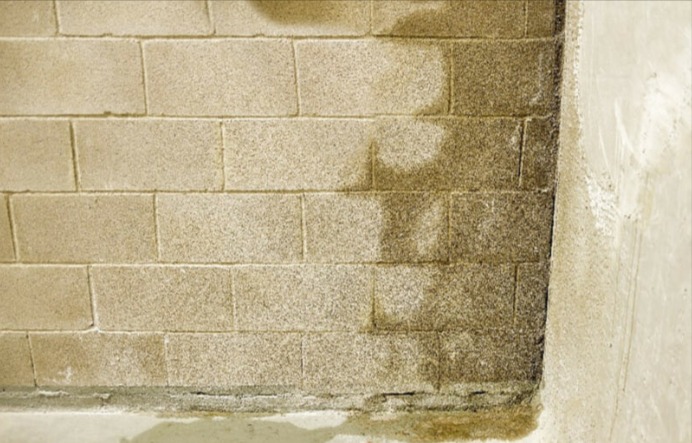Water ingress poses a significant threat to various structures and systems, necessitating proactive measures to mitigate its impact. In this blog post, we’ll delve into the challenges posed by water ingress and explore effective strategies for managing its repercussions.
Understanding Water Ingress
Water ingress, the unwanted penetration of water into a structure or system, can lead to a myriad of detrimental effects, including structural damage, equipment malfunction, and compromised safety. From buildings and infrastructure to mechanical components and electrical systems, understanding the causes and consequences of water ingress is essential for devising robust mitigation strategies.
Identifying Common Challenges
The first step in managing the impact of water ingress is identifying the common challenges associated with this phenomenon. In the construction industry, inadequate waterproofing and poor drainage systems contribute to moisture infiltration, leading to corrosion, mold growth, and degradation of building materials. Similarly, industrial facilities contend with the risk of water ingress causing equipment deterioration, electrical hazards, and operational disruptions.
Effective Mitigation Strategies
Comprehensive Risk Assessment
Conducting a comprehensive risk assessment is paramount in managing the impact of water ingress. This involves evaluating vulnerabilities in building envelopes, assessing drainage systems, and identifying potential points of entry for water. By gaining insights into the specific risks posed by water ingress, organizations can develop targeted mitigation plans tailored to their unique requirements.
Robust Waterproofing Solutions
Investing in robust waterproofing solutions is instrumental in safeguarding structures against the detrimental effects of water ingress. From high-performance sealants and waterproof membranes for building exteriors to specialized coatings for industrial equipment, selecting appropriate waterproofing materials helps fortify surfaces and prevent water infiltration, thereby mitigating the risk of damage and degradation.
Enhanced Drainage Systems
Improving drainage systems forms a critical aspect of managing the impact of water ingress, particularly in areas susceptible to flooding or excessive moisture. Implementing efficient guttering, downspouts, and stormwater management solutions aids in redirecting water away from vulnerable areas, mitigating the potential for water ingress and minimizing the associated hazards.
Structural Reinforcement
Incorporating structural reinforcement measures is essential for mitigating the impact of water ingress, especially in environments prone to hydrostatic pressure or water-related stress. Strengthening foundations, utilizing corrosion-resistant materials, and employing concrete waterproofing admixtures bolster structural integrity, mitigating the risks posed by water infiltration and enhancing the longevity of infrastructure.
Monitoring with Radar Level Transmitters
An often overlooked yet critical strategy for managing water ingress, particularly in industrial settings, involves the use of radar level transmitters. These advanced devices provide real-time measurements of liquid levels within tanks and reservoirs, ensuring that any risk of overflow or leakage—contributors to water ingress—is promptly detected and addressed. Implementing radar level transmitters as part of a comprehensive water management system can significantly enhance an organization’s ability to respond to potential threats of water infiltration, safeguard assets, and ensure operational continuity.
Regular Maintenance and Inspections
Routine maintenance and inspections are critical components of an effective water ingress management strategy. Regular checks of the integrity of waterproofing systems, prompt repair of any damage, and maintenance of drainage infrastructure are all necessary steps to prevent water ingress. This proactive approach not only prevents minor issues from escalating into major problems but also extends the lifespan of assets and ensures that systems are always operating at optimal performance levels. Establishing a maintenance schedule and adhering to it can greatly reduce the risk of water ingress-related complications.
Embracing Proactive Maintenance
Embracing a proactive approach to maintenance is pivotal in managing the impact of water ingress over the long term. This involves regular inspections of building envelopes, equipment enclosures, and drainage systems to detect and address potential vulnerabilities before they escalate. By prioritizing preventative maintenance, organizations can minimize the likelihood of water ingress-related issues and prolong the service life of their assets.
Guarding against infiltration and managing the impact of water ingress demands a concerted effort to understand the vulnerabilities, implement robust protective measures, and prioritize proactive maintenance. By identifying common challenges, developing comprehensive risk assessments, and embracing waterproofing and drainage solutions, organizations can effectively mitigate the risks associated with water ingress and uphold the integrity of their assets and infrastructure. Through a combination of strategic investments and ongoing vigilance, businesses can fortify their defenses against water ingress and ensure the resilience and longevity of their built environment.
